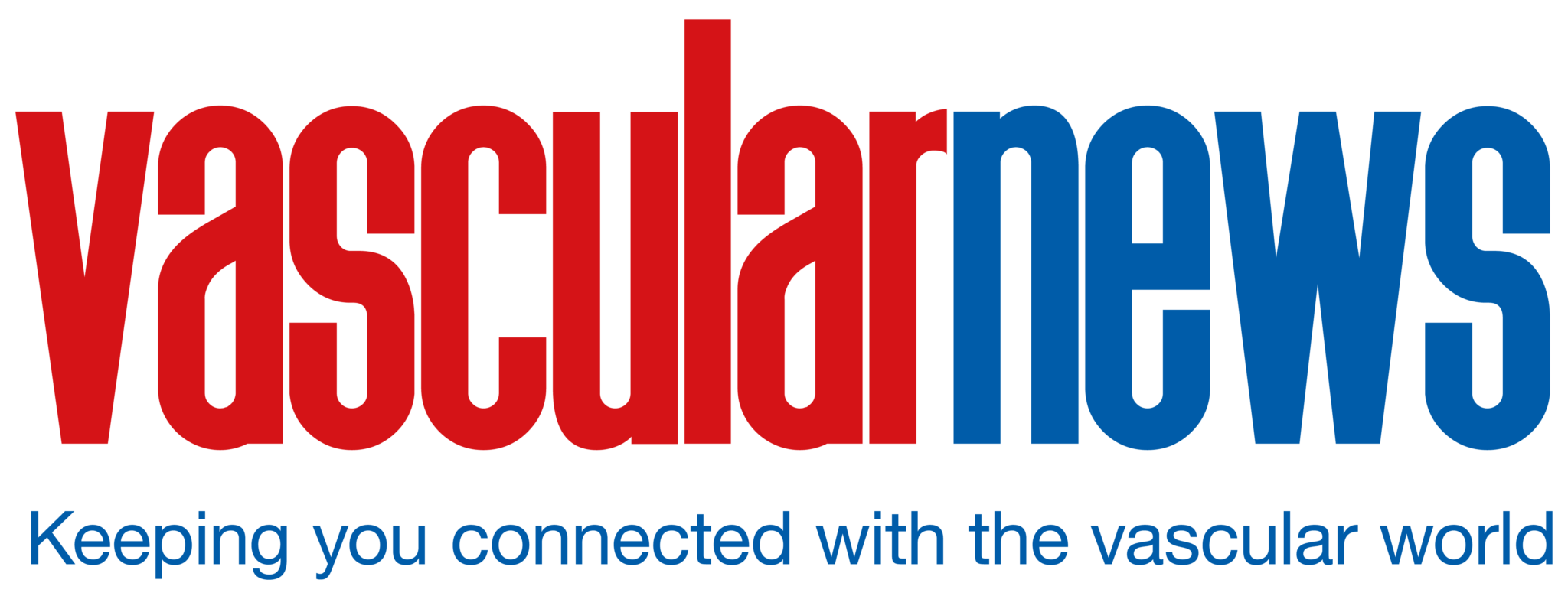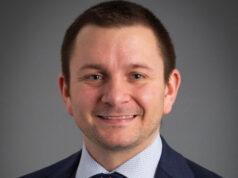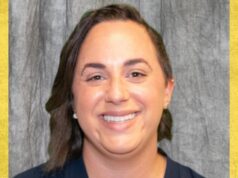EuroPCR 2002 saw over 8,500 attendees flock to the Palais des Congr̬s in Paris and as always the course was well backed by industry with 129 companies providing support. Jean Marco, one of EuroPCR’s course directors, in opening the meeting, explained that the Paris Course on Revascularization is designed to be a platform of exchanges between practitioners and the medical industry, having as objectives the improvement in the quality of healthcare. This year, speakers were asked to include in their presentations a declaration of conflict of interest, if one existed, to make financial and business interests transparent.
Drug-eluting stents take centre stage
Following Marco’s opening of the course, Patrick Serruys discussed how he sees drug-eluting stents impacting cardiology as a whole. He admitted that with any drug there couldn’t be an effect without side effects. But said that despite these rare side effects the impact of drug-eluting stents is largely positive in terms of restenosis. He is in no doubt that drug-eluting stents will affect the whole of cardiology and not only the small world of interventional cardiology. Renu Virmani challenged this view of the future. She pointed to the important difference that exists between the wound healing of animals and humans in relation to coronary angioplasty models. This, she explained, has critical implications when comparing the efficacy of drug-eluting stent programmes. In conclusion, Virmani stated: “Drug-eluting stents reduce neo-intimal formation at 28 days in animals and six months in man, but late results will demonstrate that healing when completed will fail to show benefit.
One of the highlights of this year’s EuroPCR was the unveiling of initial data for the Cordis sirolimus-eluting stent study, SIRIUS. Although the results were good for CYPHER, the sirolimus-eluting stent, they seemed to kill off the myth of zero restenosis purported by the earlier RAVEL trial.
Results from the first 400 patients enrolled in the American SIRIUS study were presented. SIRIUS is the most recent in a series of studies evaluating the safety and efficacy of the CYPHER stent in reducing reblockage of de novo coronary artery lesions. The 400-strong patient subset at eight months showed 2.0% binary in-stent restenosis with sirolimus, compared to 31.1% in the control group (a 94% reduction). In lesion restenosis rates were 9.2% in the sirolimus arm, compared with 32.2% in the control group. These results had been eagerly awaited and the lecture theatre was packed for Dr Martin Leon’s presentation – people were sitting in the aisles to hear the results. As another presenter, Gregg Stone, remarked it was “as packed as a Britney Spears concert.
“We are extremely impressed by the consistency in findings between the preliminary SIRIUS data and the results of the large-scale RAVEL study in Europe and Latin America,”said Dr Leon.
Depending on your point of view the initial results from SIRIUS can be interpreted either as “this stuff really works, as Leon exclaimed, or that the hope of zero restenosis is now over.
Detecting vulnerable plaque
A session under the umbrella of ‘Glimpse into the Future’was devoted to new technologies aimed at detecting vulnerable plaque.
Intravascular ultrasound (IVUS) elastography was presented by Antonius van der Steen. IVUS elastography is a technique that assesses the local strain in the artery wall and plaque. The tissue under inspection is deformed and the strain between pairs of ultrasound signals with and without deformation is determined. An ultrasound image of a vessel-phantom with a hard vessel wall and a soft eccentric plaque is acquired at a low pressure. A second acquisition at a higher intraluminal pressure is then performed. The elastogram (image of the radial strain) is plotted as a complimentary image to the IVUS echogram. The elastogram reveals the presence of an eccentric region with increased strain values thus identifying the soft eccentric plaque.
Optical Coherence Tomography (OCT) was then presented by Paul Magnin. OCT utilises advanced photonics and fibre optics to obtain images and tissue characterisation on a scale never before possible within the human body. Whereas ultrasound produces images from backscattered sound “echoes,”OCT uses near infrared light waves that reflect off the internal microstructure within the biological tissues. The frequencies and bandwidths of infrared light are orders of magnitude higher than medical ultrasound signals – resulting in greatly increased image resolution, 8-25 times greater than any existing modality (10 times better resolution than IVUS).
Angiogenesis
Phillippe Menasch© described the first 10 patients from his institution undergoing epicardial autologous skeletal myoblast transplantation. To be eligible for enrolment, all patients must have had a global LVEF of less than 35%, with areas of proven akinetic, non-viable and non-revascularisable myocardium. Patients are injected with an average of 871 million cells, directly into the scar at the time of coronary artery bypass surgery. All patients received at least two coronary bypass grafts in addition to the myoblast injection. Four patients developed early VT, but there were no other major problems. Although the primary end-point of this study was feasibility and safety, global and regional left ventricular function was examined as a secondary end-point.
There was evidence of improved regional function in the treated areas, although Dr Menasch© was careful to point out that no definite conclusions could be reached at this stage. This will be properly addressed in a planned Phase II study to be known as the MAGIC (Myoblast Autologous Grafting in Ischaemic Cardiomyopathy) study, which is due to start in September/October of this year. Menasch© emphasised that it had taken 10 years for this procedure via the thoracotomy approach to get as far as Phase II. He continued, that although he wishes to see an expansion of endovascular techniques, he would like to see more animal trials.
Dr Lior Gepstein then discussed the alternative cell source of human embryonic stem cells. When made to differentiate into cardiomyocytes, which has recently been demonstrated, these cells develop spontaneous electrical activity, and a typical cardiac response to calcium and isoprenaline. When co-cultured with rat myocytes the two cell lines become electrically synchronised, with evidence of gap junctions having developed as shown by the transfer of Lucifer yellow dye between the cells. Future developments planned include attempts to increase the yield of cardiac differentiated cells, upscale production and work out anti-rejection strategies. The transfer of stem cell derived cardiomyocytes is still a relatively new technique with limited experience so far.
Cardiac Tissue Engineering
Reconstitution of cardiac myocytes, collagen, and basement membrane components yields engineered heart tissue that displays morphological and functional features of native and differentiated myocardium. Usually a preformed biodegradable matrix is seeded with the appropriate cell line. However, the group of Wolfram Zimmerman has developed an alternative method using a liquid cell matrix system that can be moulded into 3-D constructs. These constructs are similar to adult cardiac tissue, and develop nerve and muscle growth when surgically implanted for 14 days.
Preliminary animal experiments implanting cardiac tissue graft for tissue replacement therapy appear promising, although there are size limitations. This approach has potential to give contracting muscle to patients with large myocardial infarction or to children with cardiac malformation and heart failure. “We will be able to use tissue engineering to mend broken hearts,”said Zimmerman.













